by Amanda Rose Newton
We are lucky to live in a state that places value on natural areas. In Brevard alone, we have 10 environmentally protected lands, the Indian River Lagoon, and beautiful beaches. That also means that what we do as homeowners in our own landscapes directly affects the inhabitants of these natural and wild places.
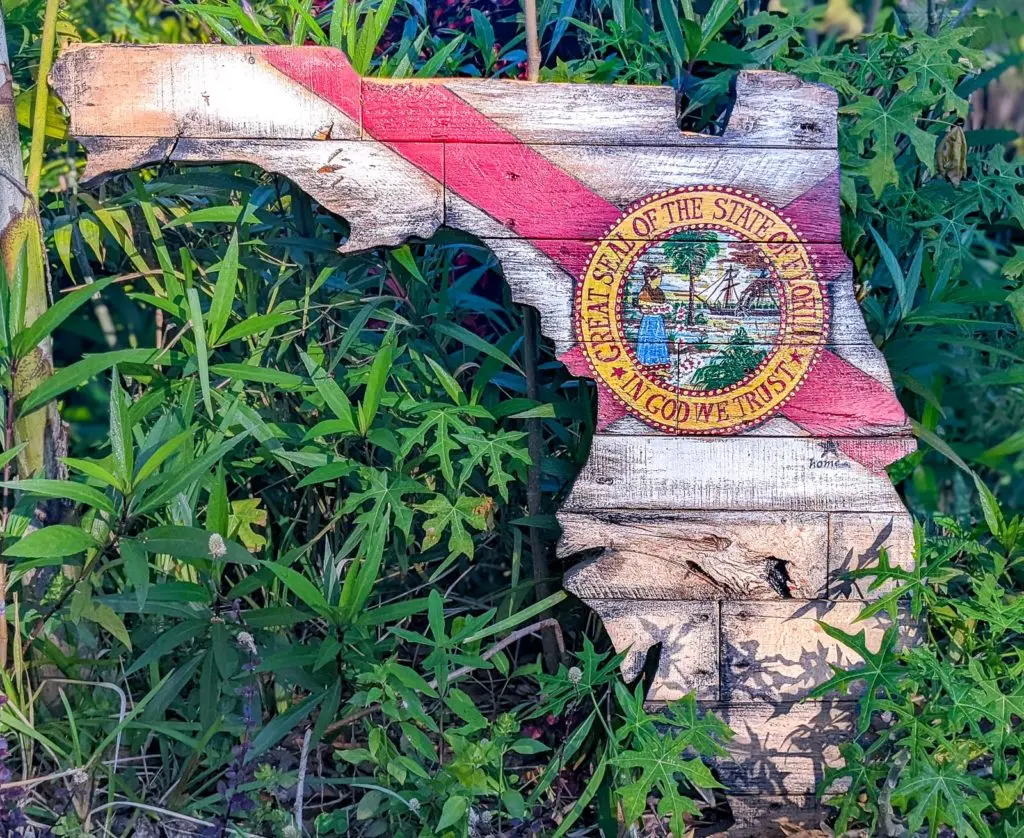
As the county continues to grow, you can help protect and invite wildlife to visit through a few simple management practices. With National Wildlife Day coming up on the 3rd, now is the perfect time to add a few animal-friendly enhancements to your garden.
Kick Invasive Plants to the Curb!
If you are looking for a place to start, getting rid of plants that don’t help our environment is a good place to start. Invasive species tend to outcompete our native Florida plants which alters the natural ecology of your yard. Most of our wildlife relies on familiar native favorites when it comes to food, shelter, and protection.
Keep in mind that what you do in your yard here does matter. The seeds produced by these plants will be carried to new habitats where they will establish themselves, further altering the landscape.

The seeds of non-native invasive plants are designed to be easily carried far away by wind, water, birds, and other animals. The top invasives in landscapes in Brevard include Brazilian pepper and Australian pine. If you are curious as to what else tops the list, check out the Florida Exotic Pest Plant Council.
Go Native!
After removing your invasive plants, replace them with native species. Landscaping with plants native to Florida provides the best options for food and protection for our native wildlife.

Natives also require less of your time once they are established. Since they already know the lay of the land, they do well in our soil type and have lower watering requirements. As an added bonus, they do not need fertilizer, which is another plus for wildlife.
The coolest attribute of native species is their pre-existing “social network” with microorganisms, fungi, other plants, animals, and us! This makes your yard more of an ecosystem!
Water
This may be one of the simplest ways to contribute to benefiting wildlife. Water is an essential part of life for all members of a habitat.

Whether you’re looking for that excuse to put in a water feature or garden or you only have room for a small bird bath, you will be helping animals.
Leave Snags and Brush
This might be a hard sell to some, but there is real value in leaving dead trees and stumps “as is”. These “snags” are great places for raptors to hunt, beetles to bore, and songbirds to nest.
Many birds, like woodpeckers, prefer to make their own homes instead of moving into a pre-made box, and leaving trees creates a habitat for them. If the tree is close to your home or poses a danger, feel free to remove it. Many local services will also cut them back to a safer height, which is still of value to animals.
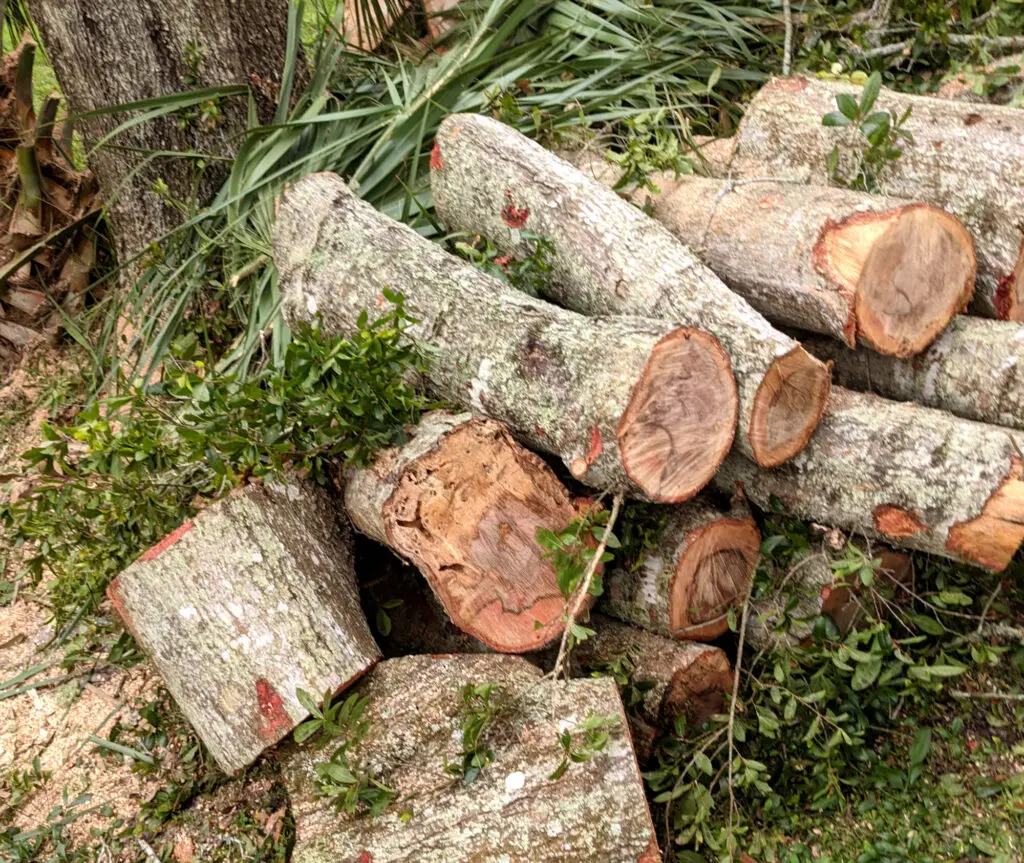
Before taking your brush to the dump, consider leaving it near other trees or shrubs on your property to provide additional shelter. If you have a lot of open space, brush piles help by providing a place for rodents, foxes, nesting birds, and even insects to hang out safely. It also gets you out of the chore of hauling brush elsewhere!
Plant a Garden for Wildlife
There are several designs specific to the animal(s) that you are trying to attract. Perhaps the easiest (and prettiest) way to go is planting a butterfly garden.
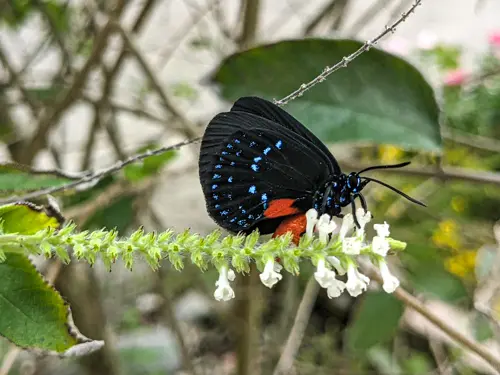
For best results, combine plants that serve as hosts for the caterpillars as well as nectar-rich plants for the adults (and pretty much everybody else). Even a few containers of plants on a balcony can bring butterflies in. To improve their stay, you can set up a butterfly bar, complete with a water source and sliced fruit!
Birds rely on berries, seeds, and shrubs for safe cover. If you have the space for one, our native Florida hollies provide year-round foliage and are a delicious source of beautiful red berries for birds.
Houses for Bats and Birds
In addition to providing plants for birds, never underestimate the power of one bird feeder! If you are a bird lover, consider getting several different types using different seeds to increase the likelihood of visitation by multiple species. Hummingbird feeders are a necessity for pollinator lovers, and they will pay you back with return visits.
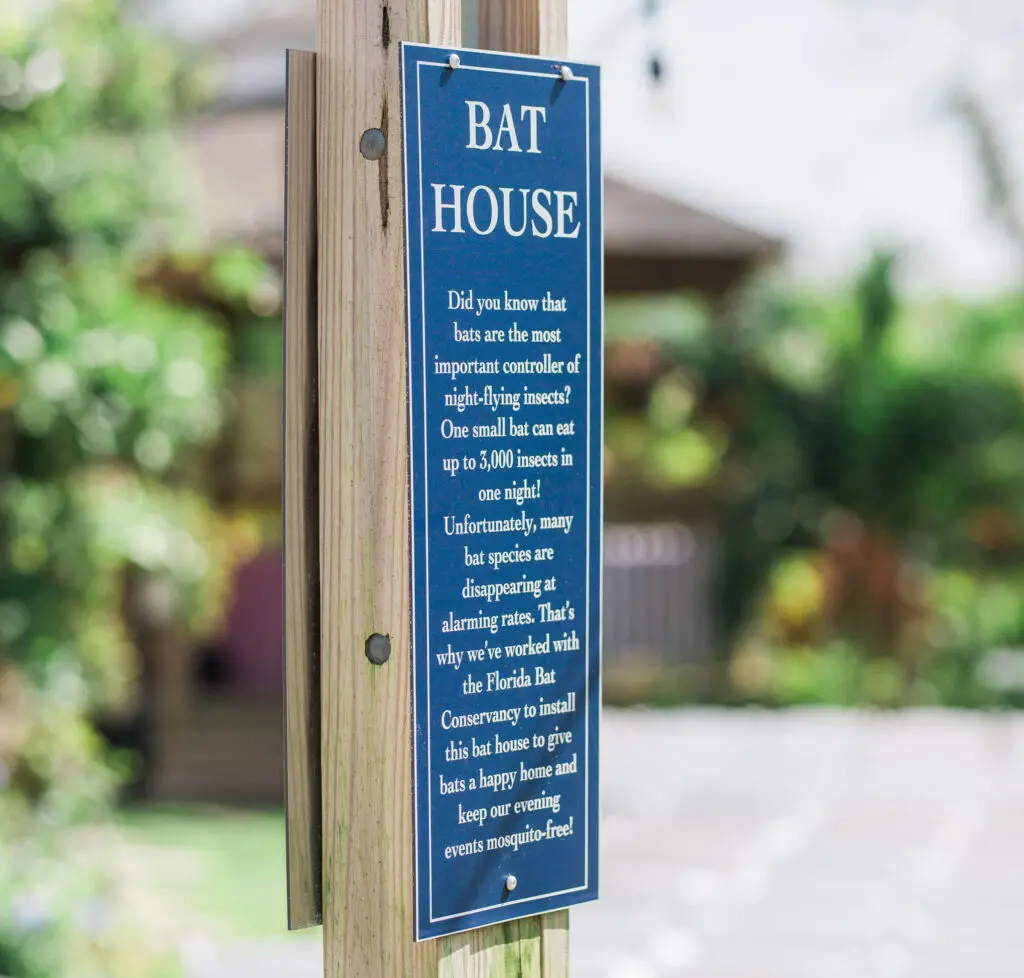
If you do pick up a feeder, stick to plain old simple syrup solution. No need to buy the expensive red-dyed kind! Locating the feeders near the cover of bushes and trees is helpful for songbirds if they have to escape a predator. However, keep feeders at least 15 feet away from vegetation so squirrels cannot jump onto the feeder. Fifteen feet is still close enough to provide birds with some avenue of escape from predators.
Birdhouses and bat houses in your yard provide comfortable spaces for sleeping and roosting. If you do not have any bird residents, they are also popular hangouts for squirrels of both the flying and gray varieties.
Reduce your Pesticide and Fertilizer Use
Pesticides are often harmful to more than just pests. Many are broad spectrum, meaning they target a wide range of organisms since they work on chemical receptors shared by many species.
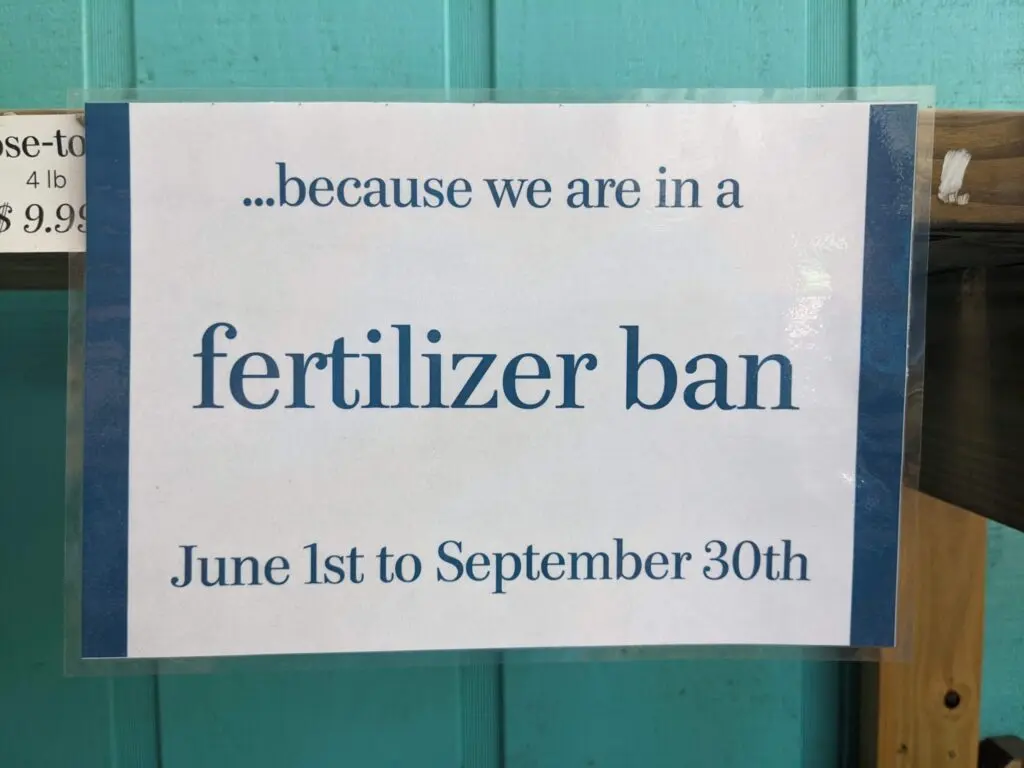
Keep in mind that birds, bats, and other creatures consume insects and may be indirectly impacted. Insects also are in your garden with a purpose! Many eat other insect species, decompose herbaceous wastes, and pollinate. Without insects, the ecosystem would be shaped differently and maybe not in a way that we like or recognize.
Mechanical removal (pick them off) is best for spot-treating outbreaks. When it comes to fertilizer, less is more and you should do without in Brevard county during the months of May-October as nitrogen and phosphorus are a contributor to harmful algal blooms (HABS) which impact the health of this impressive ecosystem.
What you do in your backyard contributes to the ecosystem we live in. By making the right choices, you are helping to improve our wildlife habitats and green spaces, one plant at a time.


